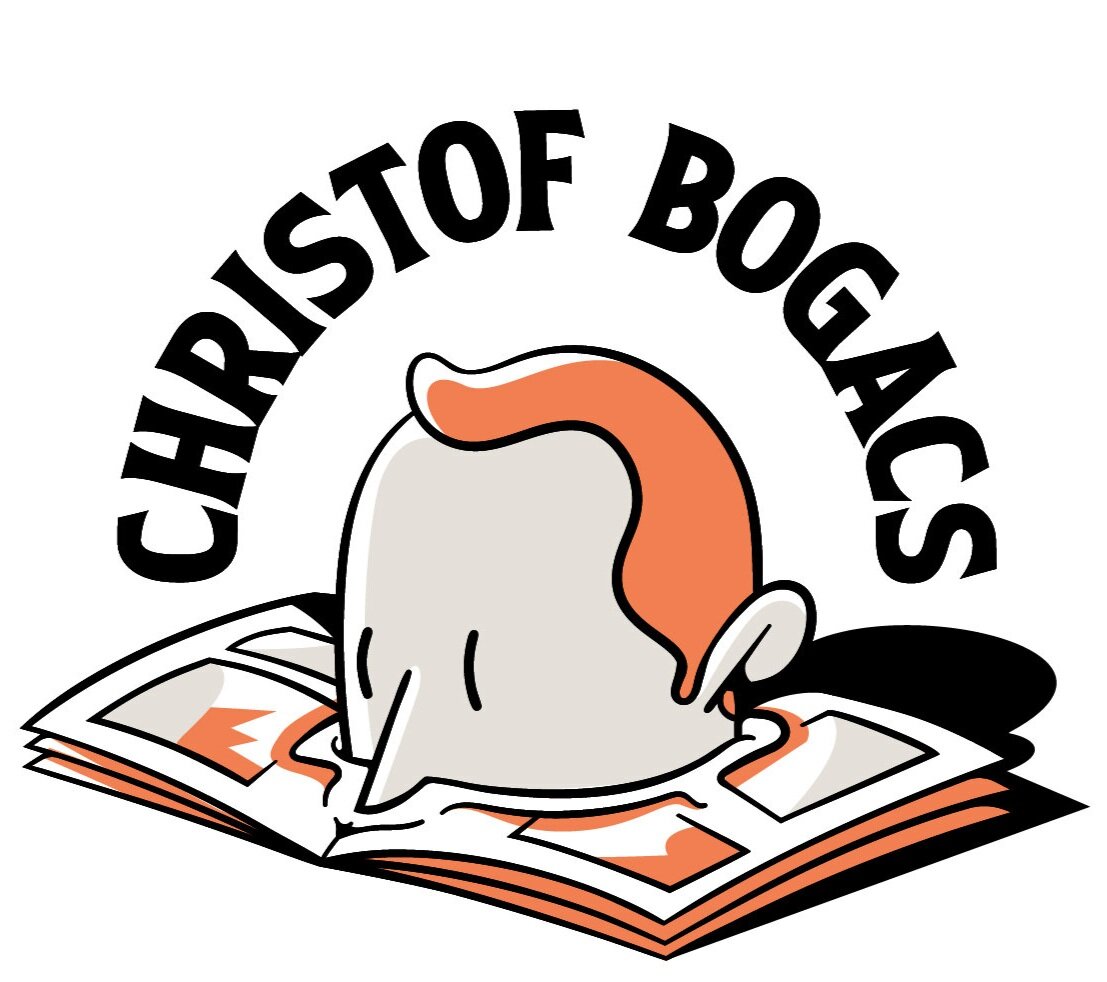Breaking into comics, part 3: Putting together a comic book pitch
A significant part of working in comics is pitching your ideas. Specifically, that involves putting together a convincing pitch packet.
When assembling a pitch packet you’re really pitching two things: the specific comic project and yourself as a creator.
The purpose of a polished pitch packet, as well as any communications you have with an editor, is to show that you’re professional and easy to work with. You want to make it clear that, if hired, you’ll easily fit into that publisher’s workflow.
In this blog I’m going to take you through what’s involved when creating a compelling pitch for an original comic idea. We’ll start with a high-level overview before zooming in on each individual component.
What’s in a comic book pitch?
While every company has different formats and requirements for their pitches, they all contain a similar set of building blocks.
These are:
A One-sheet: This is a single page that contains a logline, a one paragraph pitch, format (is your story a mini-series, a graphic novel, a one-shot?) and genre. It’s also a good idea to include a few sentences on where your project fits in with the market.
Sample Pages: 5 - 10 pages of finished art, letters, colours, everything. It should feel like a preview of the book.
Outline: A full written outline. Tell them the beginning, middle and end of your story.
Bio: This is more important than you might think. Talk about your previous work and why you are best qualified to tell this story.
Finally, always make sure to read through any publisher requirements before pitching. Some publishers also require you to sign a form before submitting so be sure to check the publisher website!
The one-sheet
The one-sheet is ideally 1 page, although sometimes it may be 2. The one-sheet’s purpose is to give a high level overview of your project and get the editor excited to read your outline.
The One-sheet for Underfoot which later became my first published graphioc novel, Under Kingdom.
Think of it like writing a cover letter for a job application.
A one-sheet consists of:
A logline/quick pitch.
An extended, paragraph-long pitch that elaborates on the premise and states the key conflict of the book (both internal and external).
The format and genre.
A few sentences on what the book deals with thematically as well as where it fits into the market. This is where you mention comparable titles.
While these components should always be in your one-sheet, they don’t necessarily have to be different sections. In my pitch for Under Kingdom, my one- sheet was just two sections, called ‘Pitch’ and ‘Overview’. However, these sections covered everything mentioned above.
The first sentence of the ‘Pitch’ section on the one-sheet is our logline.
This is followed by the rest of the ‘Pitch’ section that expands on the idea and points to our key conflict.
Then we move onto the ‘Overview’ paragraph. The first sentence gives the format. In this case it’s a graphic novel.
The last paragraph of this section speaks to where it fits into the market and comparable titles.
Outline
An outline tells your whole story. The beginning, middle and end. You want to show you can handle pacing and stick the landing of your story.
My outlines range anywhere from 3 - 10 pages, although generally less is better. You can always include a brief 1 page outline and send out an extended outline on request.
Focus on story beats and key scenes, only including details pivotal to the plot. Reading over movie plot summaries on wikipedia is a helpful starting point. Afterall, that’s essentially what you’re doing; writing an outline for a story that doesn’t exist yet.
Sample pages
If possible, include 5 - 10 pages of finished and lettered art. Pick a scene that really encapsulates everything your book is about. Sometimes this is the opening scene, a lot of the time it’s not. That said, I always try to pick a scene from the first issue, or the first chapter if it’s a graphic novel.
Creator bio
I always end my pitches with creator bios for myself and my artist.
Crafting a good bio relates to what I was saying earlier about the purpose of a pitch being to pitch yourself as well as the project. Ultimately you want to convince them working with you is a safe bet.
To do this, mention all relevant writing work (even if it’s not comic related) and short comics. For new creators I highly advise self publishing some short comics or getting some credits in anthologies before you start pitching.
The other aspect here is to tell them a little about who you are as a creator, your life experience and the kind of stories that you enjoy telling.
Here’s the bio I currently include in my pitches:
Christof Bogacs is a comic writer from Sydney, Australia. His body of work covers topics of living with mental illness and is largely concerned with examining identity.
His debut graphic novel ‘Under Kingdom’, a midge grade fantasy-comedy with an emphasis on non-violent problem solving, was released in April 2023 through Dark Horse comics. His first licensed work, Rick and Morty Presents: Brawlher (Oni Press), was released in April 2024. Forthcoming work includes ‘Earth to Chris Cleevy’ (HarperAlley).
His short comics have been published by Image Comics and in the Ringo Award nominated ‘Dead Beats’ anthology from AWBW as well as the Eisner Award winning ‘PanelXPanel’ magazine.
Obviously, yours will be shorter if you are a newer creator, but hopefully it provides you with a starting point.
If you enjoyed this series on Breaking into comics for writers, then please consider picking up a copy of Under Kingdom.
As well as supporting me, it gives you an opportunity to look at the one-sheet and script and compare them to how the finished graphic novel turned out.







